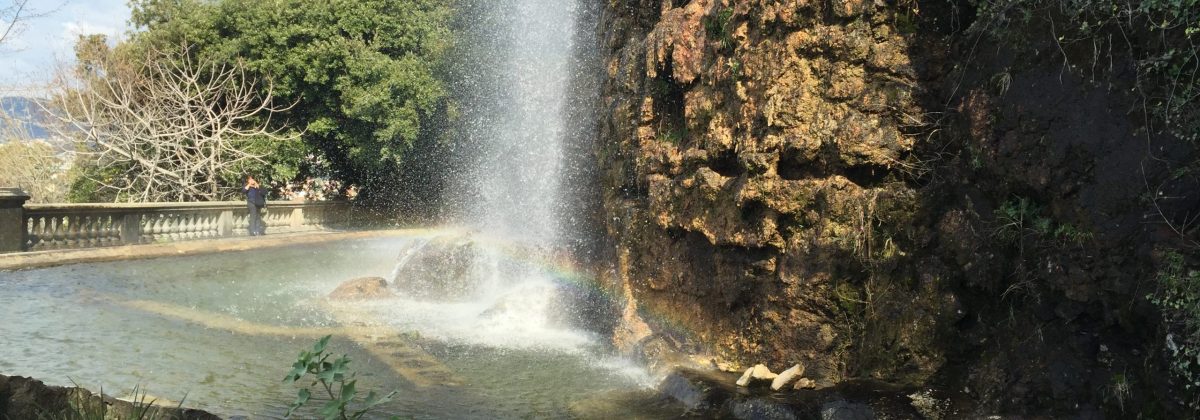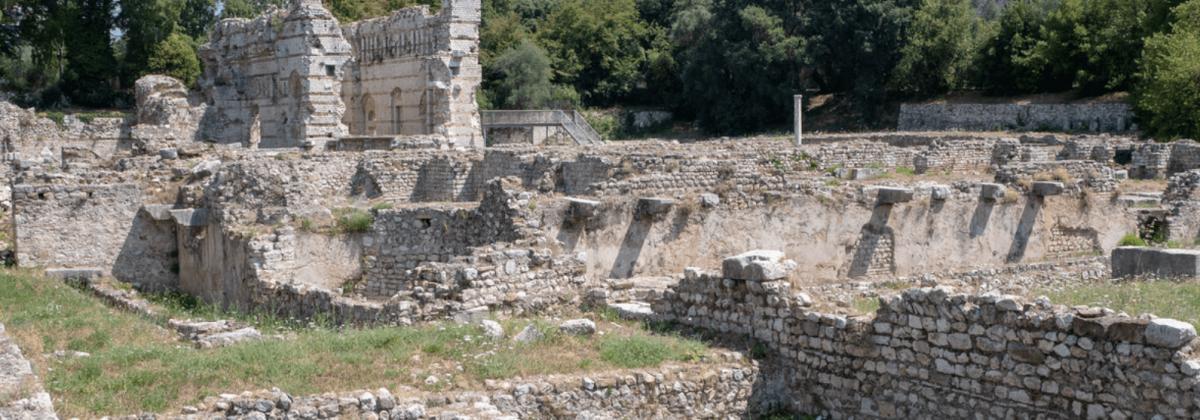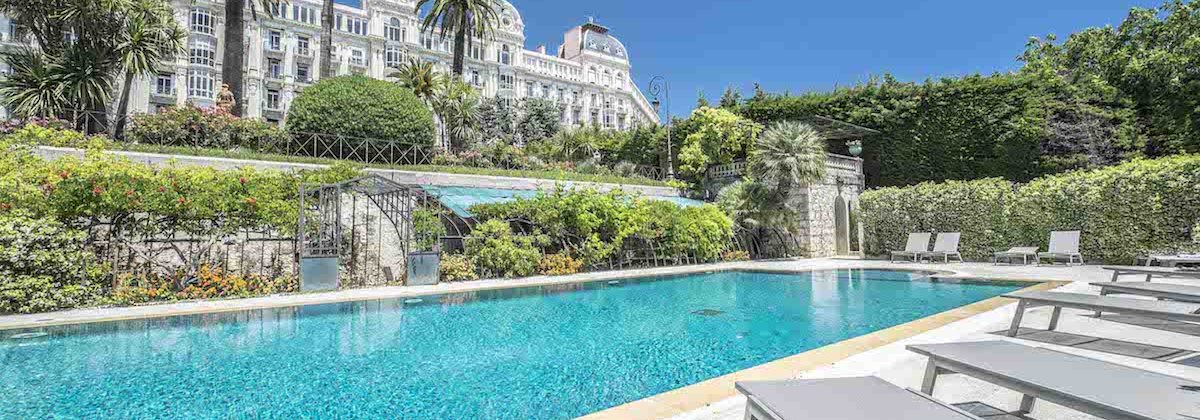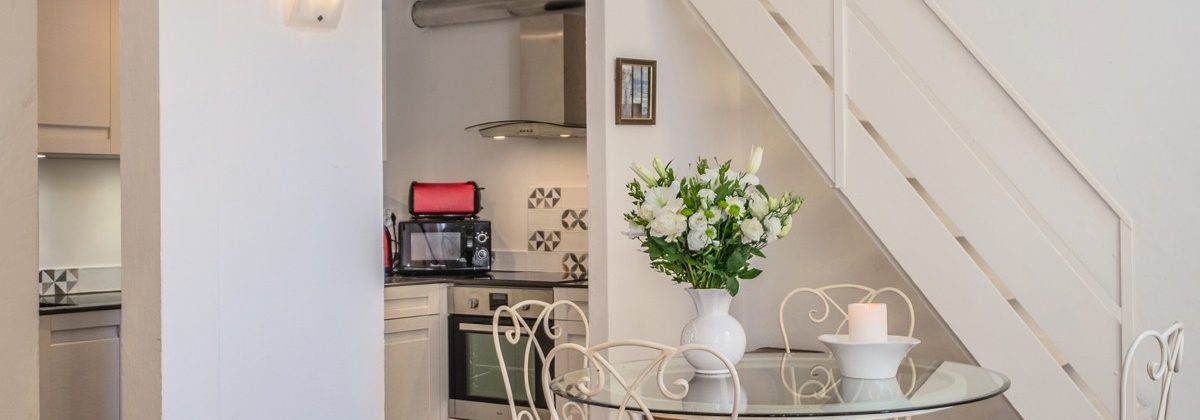There are many reasons as to why you should plan a visit to the beautiful city of Nice, situated in the Cote d’Azur. It is not only the perfect beach destination with its hot Mediterranean climate but it’s also a fantastic destination, if you’re like me and love to revel in a city’s history. Especially because Nice has such a rich and long historical background!
So, here’s a little background for you, for a city which some might call, ancient. The history of the beautiful Nice goes back to around 350 BC, when the Greeks founded a settlement on the shore of the Mediterranean Sea, and called it Nikaia, after Nike – the Greek goddess of victory. Some archaeological findings prove the City was populated even 400,000 years ago. Did you also know?!? Nice wasn’t always a part of France. It was conquered numerous times and by numerous different people. To make a long story short, France was officially given Nice as a reward for assisting in the Second Italian War of Independence against Austria in 1860.
There are two favourite attractions of mine which are essential and a ‘must’ see in Nice. They are both the perfect places to visit due to the current climate because they are both in open-air spaces, so social distancing won’t be a problem! One of them is Castle Hill, with its ruins of defensive walls, a Jewish cemetery and an artificial waterfall. The second is the Roman ruins at the archaeology museum.
Castle Hill or in French ‘La Colline Du Chateau’ is an 11th century medieval fortress which was used as a key military strategic position up until the 18th century when the fortress was entirely dismantled by the soldiers of the French King at the time, Louis XIV in 1706. Now all that stands are some rubble ruins. Also, not to be missed is the Jewish cemetery which is split into three sections – Jewish, Catholic and Protestant. The Cascade Dijon is an artificial waterfall which you will also find in the Castle Park. It was constructed in 1885 and is maintained by the Vesubie valley waters.
How to get there you may ask? Climb the stairs of the Château or Castle Hill, at the end of the port. The stairs are located just beside the Hotel Suisse or there is an elevator built into the rock for those with little one’s coming along. Top tip! We highly recommend wearing your walking boots for this one. The 92-metre-high hill offers observation points where you can snap up some panoramic coastal view snapshots. If you wanted to take a little break the Castle also has a café to refuel the parents while the children go and play in ‘Parc Castel des Deux Rois.’
The Roman Ruins at the archaeology museum are situated in the chic neighbourhood of Cimiez. The museum is located on what was once a Roman City named Cemenelum – the capital of the French Riviera between the 1st and 4th centuries. The city was of a similar size to Pompeii which was home to a large amphitheatre seating 5000 people, a market square, a temple, and of course a Roman spa/ bath complex. Inside the museum you can also find excavated Roman objects such as coins, pottery, sculptures and so on.
There is also a fantastic park in Cimiez called Jardin des Arènes, which beckons picnickers to eat under its olive and cabob trees, followed by a game of boules. Come prepared with your own lunch and picnic blanket!
Before heading back, walk over to the 9th century Monastery at the end of the park and the cemetery where Raoul Dufy and Henri Matisse are buried. This is a really chilled way to spend the day mixing history, art and, most importantly, food.
Historical holiday Lets on the French Riviera
Matisse – A beautiful 1-bedroom apartment (which can also sleep 4 with the sofa bed) situated in the historic Regina complex in Cimiez. The Regina Palace was built in the late 19th century as a hotel for Royalty and for the rich aristocracy. It is considered a Belle Epoque masterpiece and is where Queen Victoria used to stay when visiting the French Riviera.
Le Dome – Located in a fabulous central location in the heart of the Old Town and a couple of minutes’ walk to the promenade, beach and lively Cours Saleya market place. The building is authentically Niçoise and was once a 17th century palace. Particularly the floor where the apartment is on, is where royalty used to stay. History is cleverly combined with stylish, contemporary and replica cream, grey and aqua furnishings and every modern convenience you could wish for.



